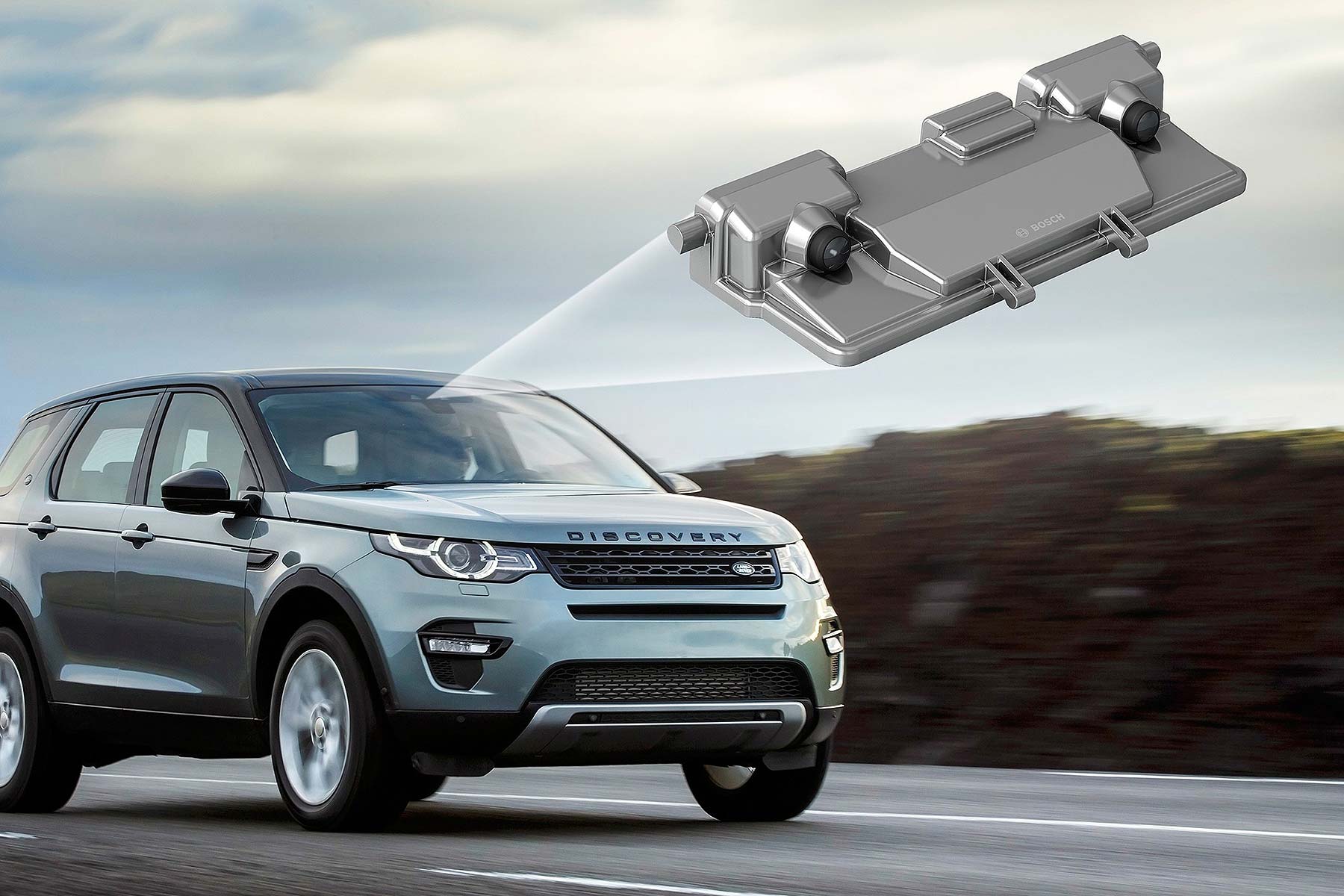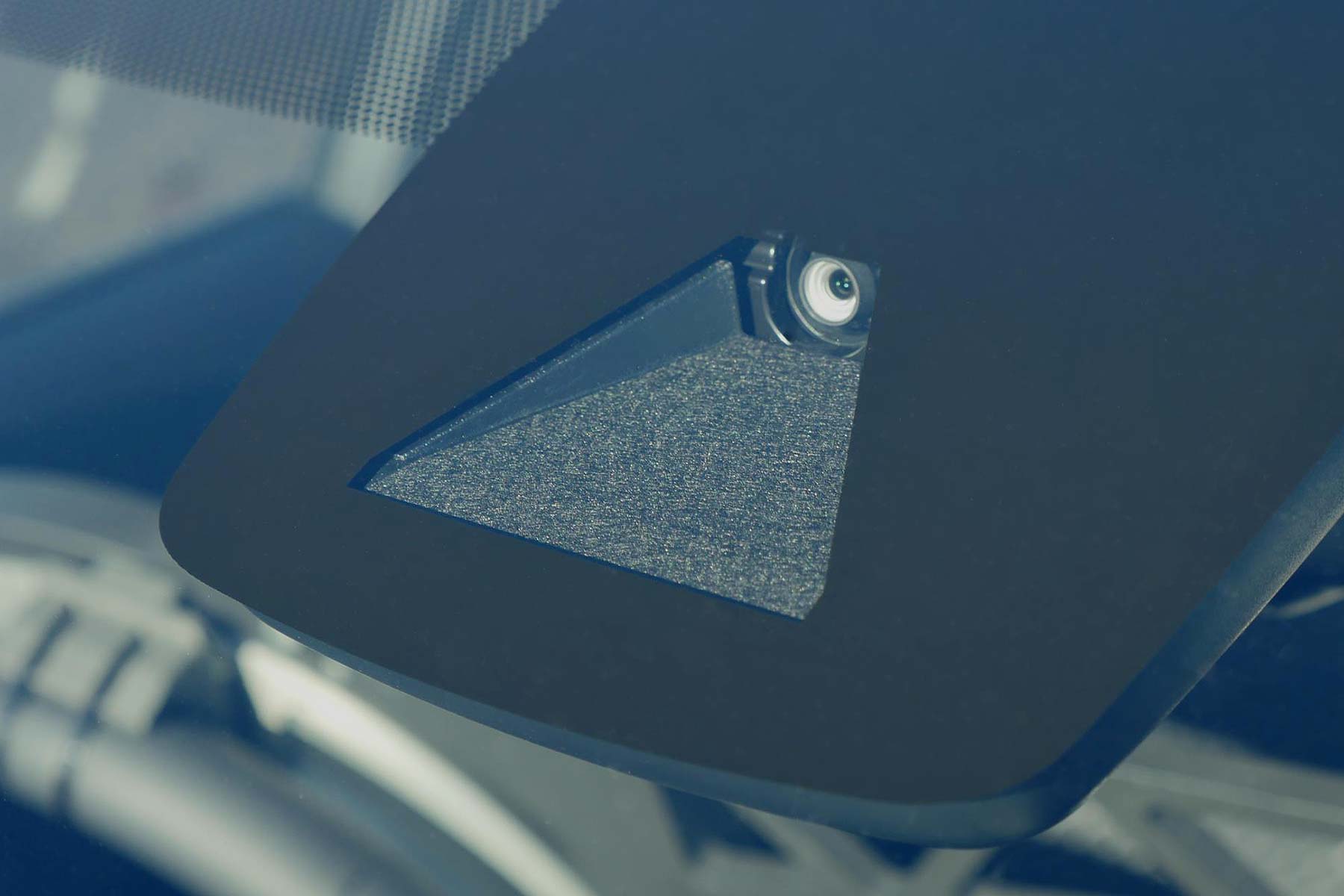 Cars fitted with ADAS Advanced Driver Assistance Systems rely on cameras mounted onto the windscreen – and if you need to replace your screen, you also need to have these safety systems recalibrated or they won’t work correctly, says vehicle safety expert Thatcham.
Cars fitted with ADAS Advanced Driver Assistance Systems rely on cameras mounted onto the windscreen – and if you need to replace your screen, you also need to have these safety systems recalibrated or they won’t work correctly, says vehicle safety expert Thatcham.
That’s why it has led a new working group called the ADAS Repair Group, which has just published a new code of practice for those fitting replacement safety windscreens.
- More advice on Motoring Research
The guide helps technicians identify the various ADAS systems that may be fitted, show how to remove them from the old screen and fit them to the new one, and offer full guidance on how to recalibrate them.
This, says Thatcham, is a crucial safety measure: as they become more commonplace, customers are becoming increasingly reliant on them – any miscalibration can adversely affect performance and safety.
The guide also includes notes on how to explain this to customers so they have full confidence in a car with a new windscreen. Replacing the windscreen on a car with ADAS? Expect to have all this explained to you by the person doing the job.
Euro NCAP research shows ADAS systems such as autonomous emergency braking (AEB) have helped reduce real-world rear-end collisions by 38%. Currently fitted to 6% of vehicles on the road, ADAS may feature in 40% of cars by 2020.
Hence the need to make sure the safety process for fitting new windscreens is robust; cracked screens are an inevitability and it is vital to ensure ultra-safe modern cars don’t become less safe because their advanced safety systems are compromised…
